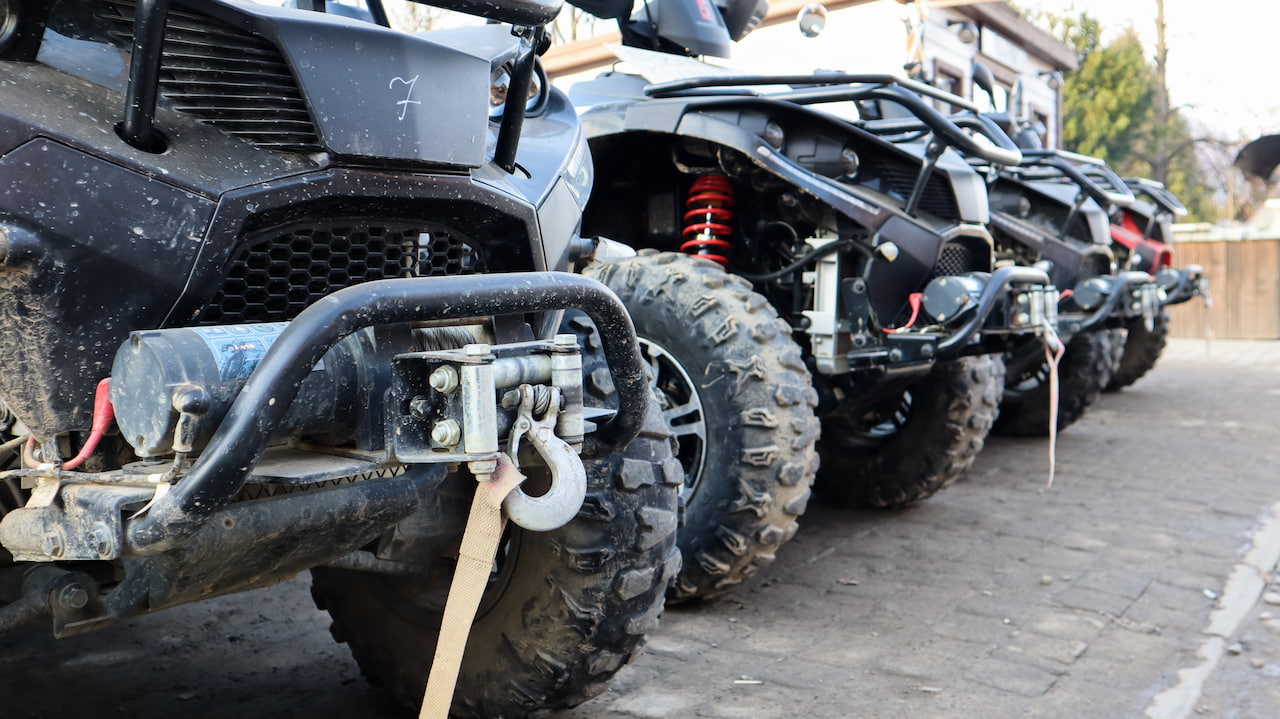UTVs (side-by-sides) are more than just off-road toys—they represent a significant investment requiring strategic planning. Whether you’re eyeing your very first side-by-side or hoping to manage expenses on your existing vehicle, knowing how to budget effectively is crucial. By understanding the true costs of ownership, you’ll be well-prepared to enjoy your UTV without unexpected financial stress.

Understanding Basic UTV Ownership Costs
To keep your costs in check, it helps to grasp the fundamentals of UTV budgeting. From initial purchase price to ongoing maintenance, each aspect plays a pivotal role in your side-by-side experience. For more UTV basics and introductory information, explore resources that clarify essential terms and features before making a final decision.
Initial Purchase Price
The first (and most obvious) expense is the purchase itself. New UTVs can range anywhere from entry-level models priced around $8,000 to luxury machines costing over $30,000. When you’re deciding on a side-by-side, consider not just the sticker price but also how model variations—like engine size, suspension, or added features—can dramatically change total cost.
Routine Maintenance and Repairs
Your UTV’s longevity and performance rely heavily on consistent upkeep. Routine tasks include oil changes, belt checks, brake services, and fluid replacements. Even new owners should anticipate occasional breakdowns or wear-related repairs, especially if you push your side-by-side on challenging trails. Setting aside funds for maintenance helps prevent small issues from becoming expensive headaches down the road.
Insurance and Registration Fees
Depending on your location, you might need to register your UTV similarly to a standard vehicle. Costs vary by state or region, so research local guidelines. Additionally, insurance is a safeguard that covers injuries, property damage, or theft. While it’s an added monthly or annual cost, insurance can save you from significant financial burdens should the unexpected occur.
Key Concepts and Essential Information for UTV Budgeting
Proper budgeting means accounting for more than just the upfront purchase. By understanding various elements—including accessories, terrain considerations, and possible financing—you’ll develop a realistic cost overview. Dive deeper into UTV information and beginner tips to ensure you know what to expect before hitting the trails.
- Plan Your Budget Scope – Budgeting starts with determining how much you can comfortably invest. Beyond the vehicle’s base price, factor in potential dealership fees, taxes, and accessory add-ons, like upgraded tires or specialized lighting.
- Factor in Parts and Accessories – Many owners customize their UTV with aftermarket upgrades—such as winches, roll cages, or performance exhaust systems. If you aim to modify your ride, account for these accessory expenses early to avoid overspending.
- Schedule Maintenance Intervals – Adhering to a proper maintenance schedule can keep your costs in check and your UTV in prime condition. Consult the owner’s manual for guidelines on oil changes, belt replacements, and other regular tasks. Ignoring these intervals can lead to higher expenses and potential downtime.
- Consider Long-Term Financing or Payment Plans – If purchasing a UTV outright isn’t feasible, many dealerships offer financing plans. These plans spread out the cost over monthly payments, but remember that interest rates will affect your total amount paid. Evaluate multiple financing options and pick one that aligns with your financial situation.
Getting Started with UTV Budgeting: A Beginner’s Guide
A structured approach to UTV budgeting helps you avoid surprises and ensures smooth ownership. For further reading, check out these blog guides for new UTV owners to gain insight from experienced enthusiasts.
- Evaluate Your Overall Financial Health – Before committing to a UTV, assess your total financial picture. Factor in rent or mortgage, bills, and savings goals. Decide how a new monthly payment or maintenance costs fit into your existing obligations.
- Research Local Regulations and Fees – Each region has specific registration and licensing regulations. Investigate these requirements to avoid fines or hassles. If you plan on driving your UTV on public lands, learn about any permits or trail fees you might need.
- Plan for Seasonal Upkeep – If you ride year-round or in diverse climates, budget for variations in maintenance. Wet, muddy terrains may accelerate wear on belts, tires, and suspension components. Desert or rocky conditions require different upkeep to protect the undercarriage and cooling systems.
Developing Safe Practices and Essential Habits for UTV Budgeting
Staying safe and maintaining your vehicle both contribute to lower costs in the long run. Here’s how:
- Perform Routine Inspections: Regularly check tire pressure, oil levels, and brake conditions. Catching small issues early prevents big-ticket repairs.
- Adopt Defensive Driving Habits: Abrupt starts, racing over rocky terrain, or improper loading can strain UTV components. Steady operation reduces wear and tear.
- Invest in Proper Riding Gear: Helmets, goggles, and other safety equipment minimize injury risks that could lead to high medical bills or insurance premiums.
Seeking Further Knowledge and Professional Guidance on UTV Budgeting
Despite best efforts, some owners encounter complex repairs or specialized needs. In these instances, seeking professional UTV guidance is a sound decision. Certified mechanics and knowledgeable teams—like the experts at Side by Side Fury—can provide in-depth support, from diagnosing mechanical issues to customizing your ride with aftermarket parts.
Disclaimer: The information in this article serves as general guidance. Always consult your UTV’s manual and qualified professionals for personalized maintenance, budgeting, and safety advice.
Key Takeaways for New UTV Owners
Budgeting for a side-by-side isn’t just about the purchase price—it encompasses maintenance, accessories, insurance, and more. Understanding these costs ensures you can enjoy your UTV for years to come. By planning ahead, scheduling regular maintenance, and knowing when to seek professional help, you’ll protect both your vehicle and your wallet. Remember: a thoughtful budget today paves the way for thrilling adventures tomorrow.
